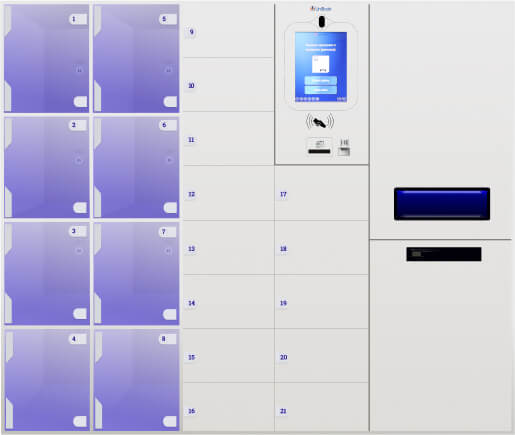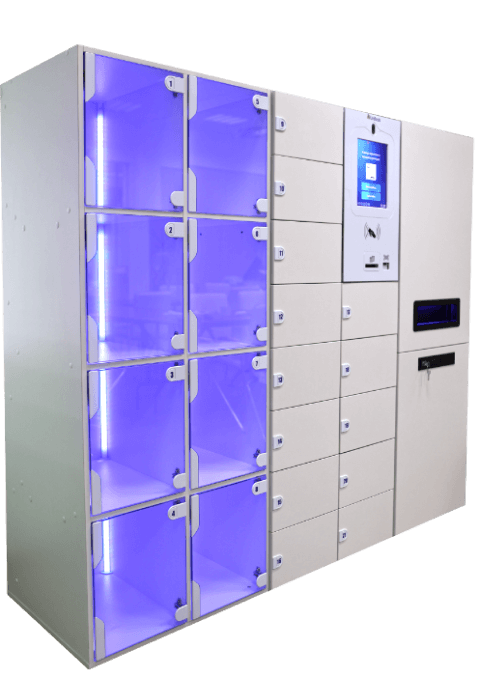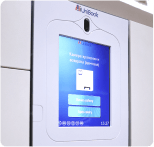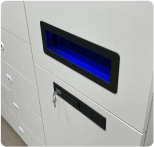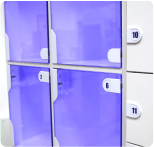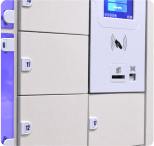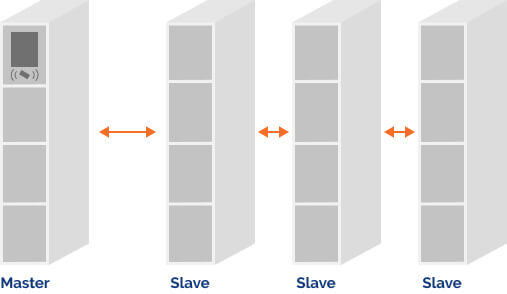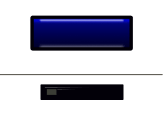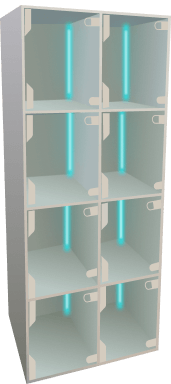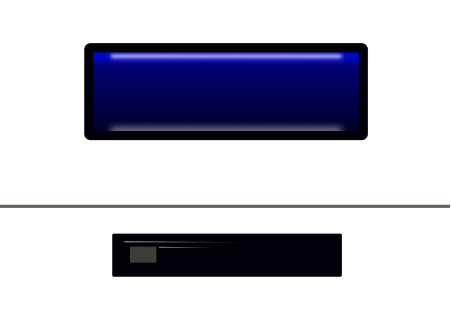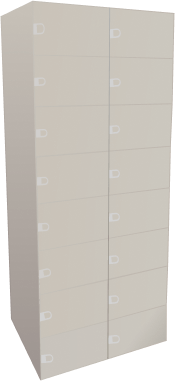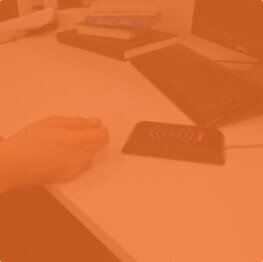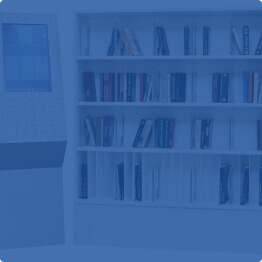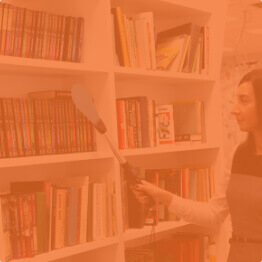Modular storage and reservation system Unikeeper, provides automation for your library. Unikeeper can be deployed outside of the library, enabling 24/7 literature checkout.
The built-in touch screen monitor allows visitors to use the system without the intervention of staff, which significantly increases the productivity of the entire library. Informative highlighting will tell you the status in which the cell is located (occupied / free). Reliable mechanical locks will secure personal belongings and reserved literature of your visitors.
The built-in camera, HF/UHF reader and barcode reader facilitate fast user identification, which reduces queues in the library.









